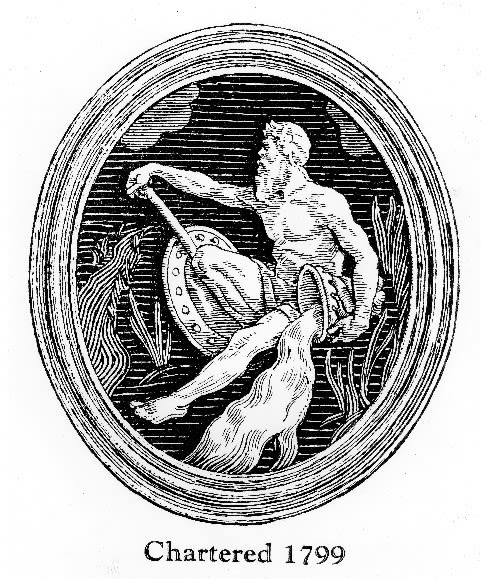On April 2, 1799, JPMorgan Chase’s earliest predecessor was penned into existence, however, not initially as a bank but as New York City’s first water company.
By the end of the 18th century, the city of New York and its Common Council, had spent nearly three decades searching for a way to provide its residents with clean water. Most New Yorkers at this time lived in lower Manhattan where fresh water was difficult to obtain. During these years, the Council received numerous proposals, including one from Dr. Joseph Browne, the future founding director of the Manhattan Company.
It was Browne’s proposal that was ultimately adopted. To verify its viability, the Council hired William Weston, the engineer in charge of the state’s existing canals, to evaluate his plan. The Council then submitted a bill to the state legislature, empowering the city government to construct a municipal waterworks. This was strongly opposed by prominent New Yorkers, including Alexander Hamilton and Aaron Burr, who believed a private corporation, rather than a public entity, should be responsible for the works. Hamilton supported a private venture fearing the uncertain investment the city would be taking on. Burr, on the other hand, saw a way to gain a foothold in New York’s financial sector.
On April 2nd, the New York Legislature passed “An Act for supplying the city of New York with pure and wholesome water," which empowered a group of influential New York merchants and politicians, including Dr. Joseph Browne, Daniel Ludlow, John Church, John Watts, and their associates, to incorporate as The Manhattan Company. The capital stock was set at $2 million with shares of $50, and the city of New York reserved the right to subscribe to 2,000 shares.
In May 1799 Samuel Osgood, John B. Coles, and John Stevens, three of the original petitioners of The Manhattan Company, formed a committee to find ground in the city suitable for digging wells and establishing a reservoir for the collection of water. The Manhattan Company sunk a well 25 feet in diameter at the corner of Reade and Centre Streets and contracted Robert McQueen to construct a storage tank. The water was originally extracted using horse-powered pumps, but in 1803 the company turned to steam-powered engines. The cistern was also replaced by an above-ground reservoir that the company erected on Chambers Street behind the present-day site of City Hall.
The company hired Caleb Leach, an inventor and engineer who in 1796 had helped Plymouth, Mass. launch one of the first waterworks in the United States, to supply the pipes. Leach had patented a machine for boring the pipes in 1797 and was brought on as an agent of the Manhattan Company in 1799. The pipes were made from white or yellow pine logs, 12-14 feet in length, tapered at one end, and bored through the center at a diameter of 2-6 inches.
Buttressing this network of wooden pipes was a series of cast-iron ones, roughly seven inches in diameter, that ran between the pumps and the reservoir. By November of that year, enough pipes had been laid and infrastructure established that the company could begin taking on subscribers. In its first year of business, over six miles of pipes serviced 400 buildings in the city, and by the end of 1802, 21 miles of pipes ran below the streets of Manhattan. Individual buildings were furnished through smaller lead pipes, about half an inch in diameter each, attached to the mains. Joseph Browne was named the first superintendent of the waterworks in June of 1799, overseeing the construction and operation of water distribution until 1803, when he was replaced by Caleb Leach.
In a show of goodwill, the company allowed the city free access to its network of pipes for fighting fires, enabling fire companies to connect hydrants to the pipes, marking the firm’s first philanthropic endeavor.
The Manhattan Company continued to provide water to the citizens of Manhattan until 1842, when New York established its own municipal waterworks. Despite the closure of the water company, its concurrent venture, The Bank of The Manhattan Company, which opened a mere five months after the waterworks, lived on.





